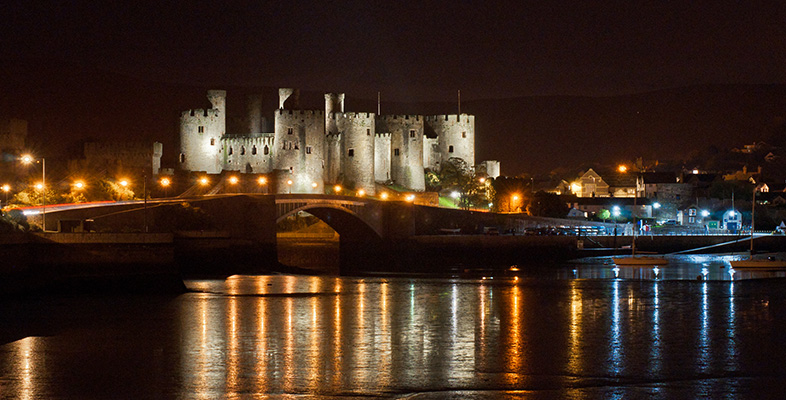9.2 Television ‘fictions’ and Wales
In terms of the numbers of people that have access to them, it is representations of Wales on television that have by far the greatest significance and probable impact. In this section we will look specifically at the way fictional programmes are significant in the representation of Wales.
At the start of the decade it was a common complaint in Wales that the nation was seen on British television far too rarely, even in comparison to Scotland and Northern Ireland (see Blandford, 2005). There was (and in some quarters still is) a long-standing sense that Wales as a nation, and therefore as a producer of broadcast television, is treated in the centres of power with rather more suspicion and mistrust than the other nations and regions of the UK.
The case of Welsh-language drama is different because it is produced largely in Wales, for Welsh audiences, but it is fair to say that therein a different problem existed. At the end of the 1990s, S4C’s representations of Wales were commonly seen as outdated and narrow (see, for example, Gramich, 1997, p. 106).
While it would be a distortion to say that the entire picture has changed over a decade, it is certainly now possible to claim that both the range and quantity of representations of Wales in television in both languages have increased and are likely to increase further.
